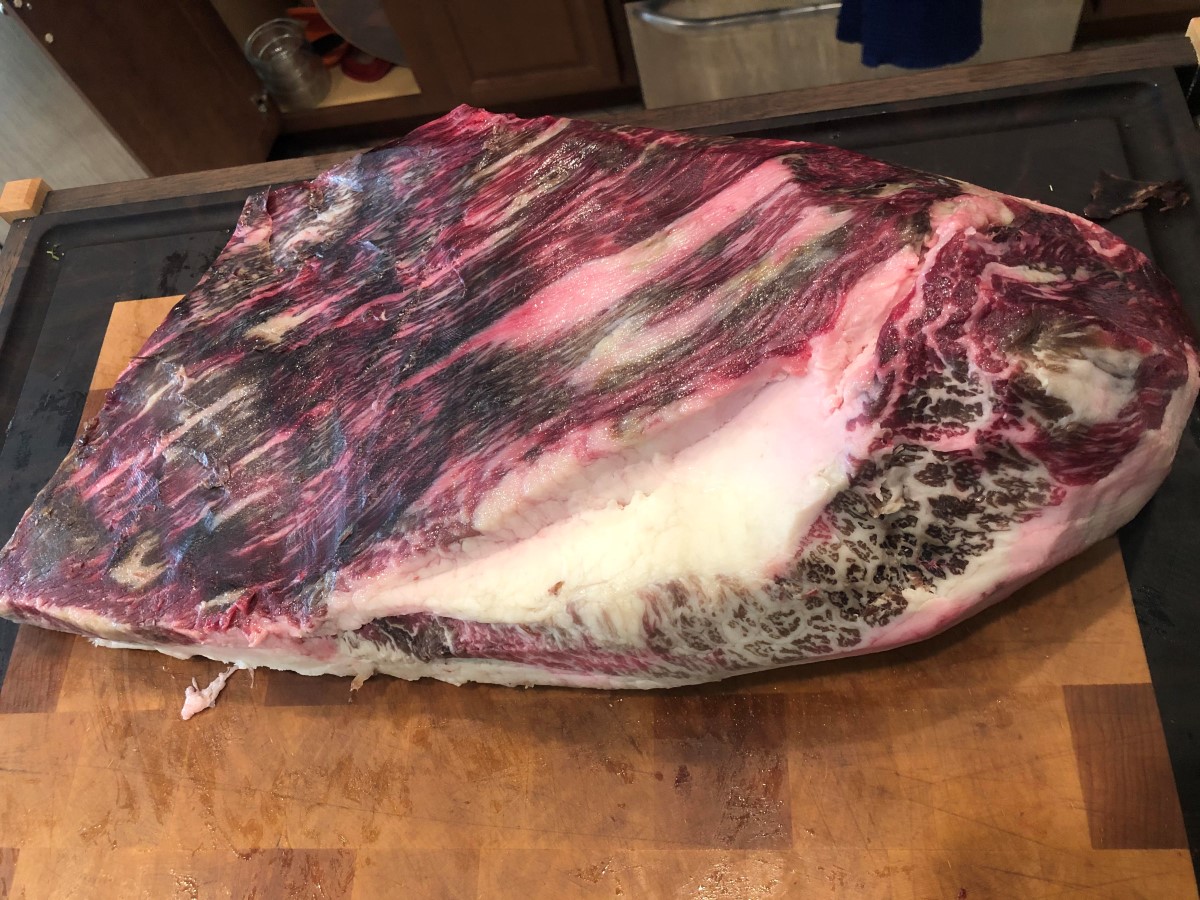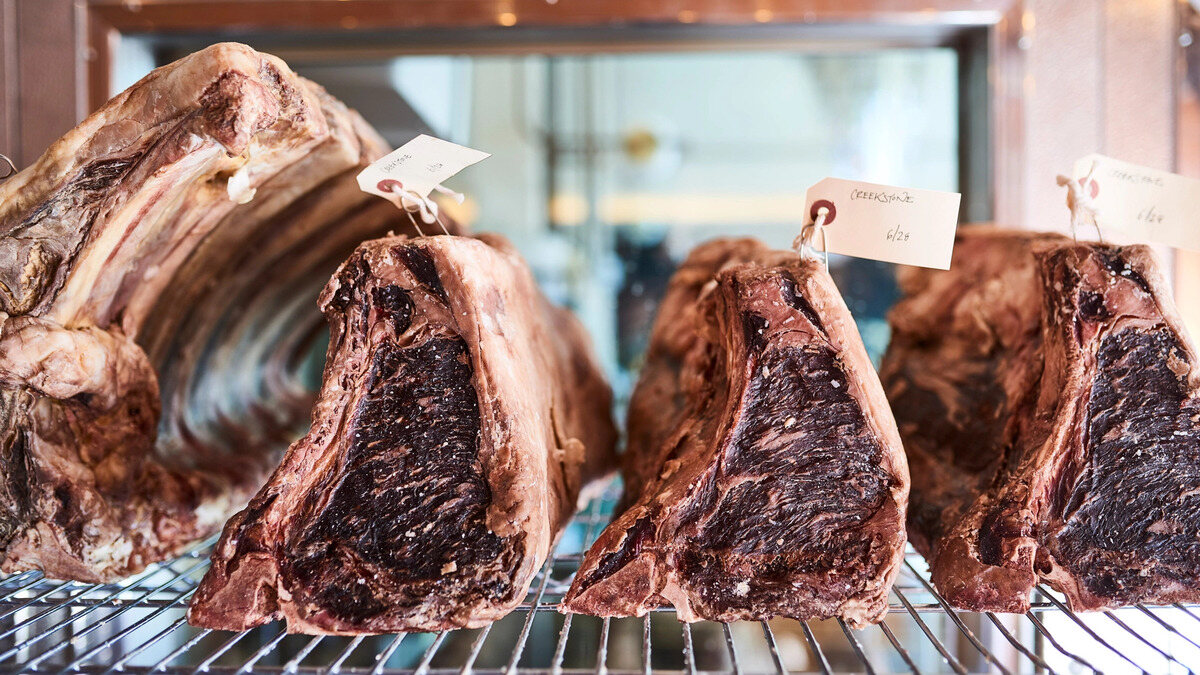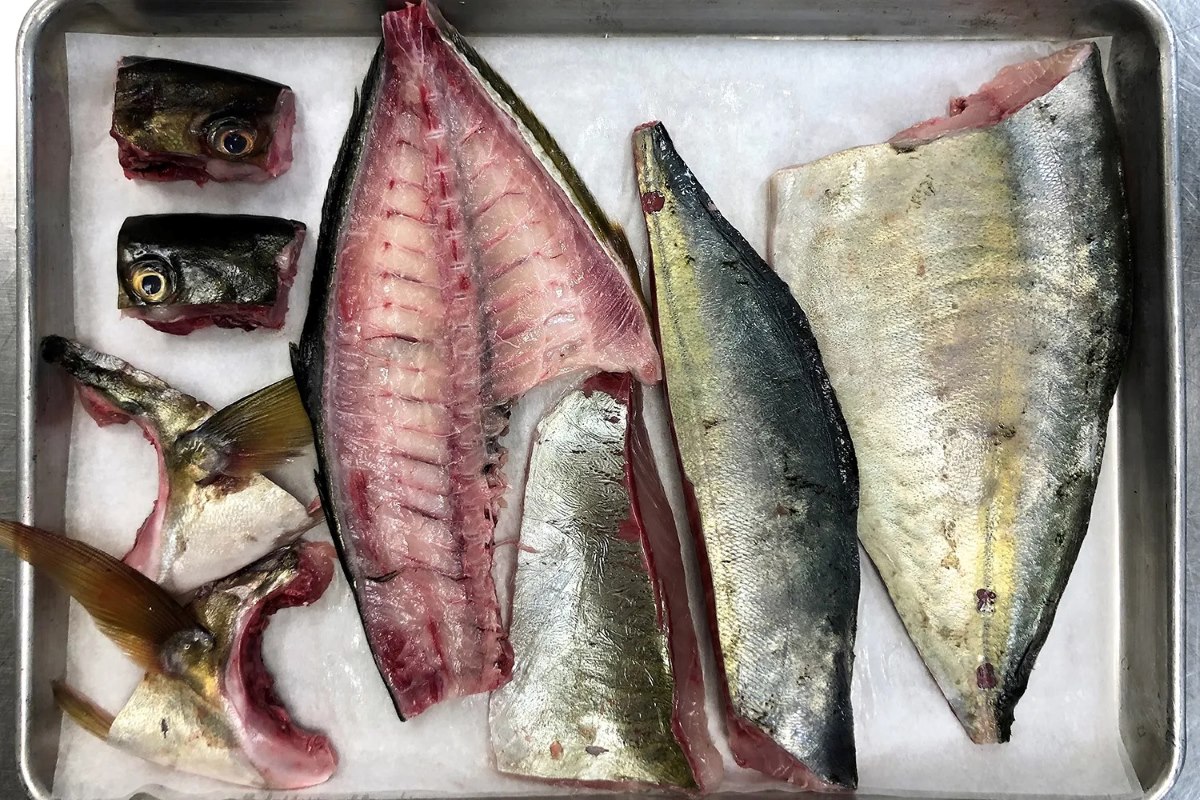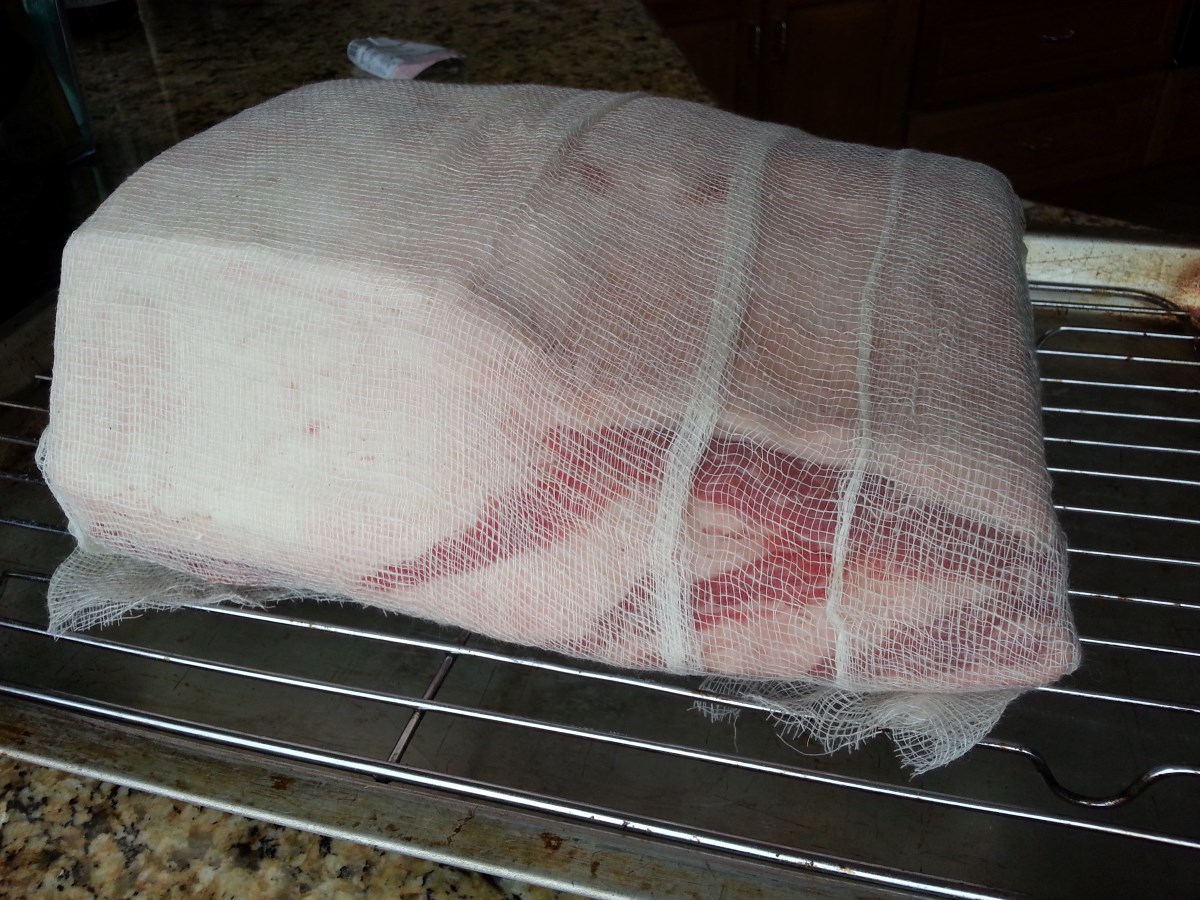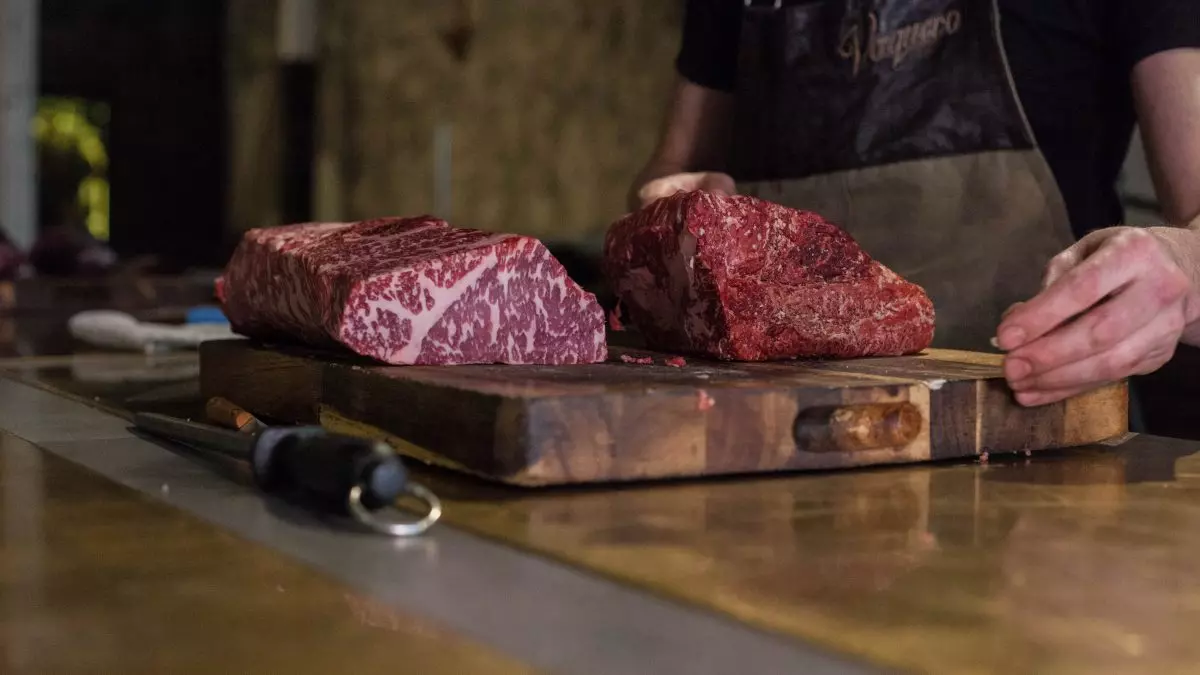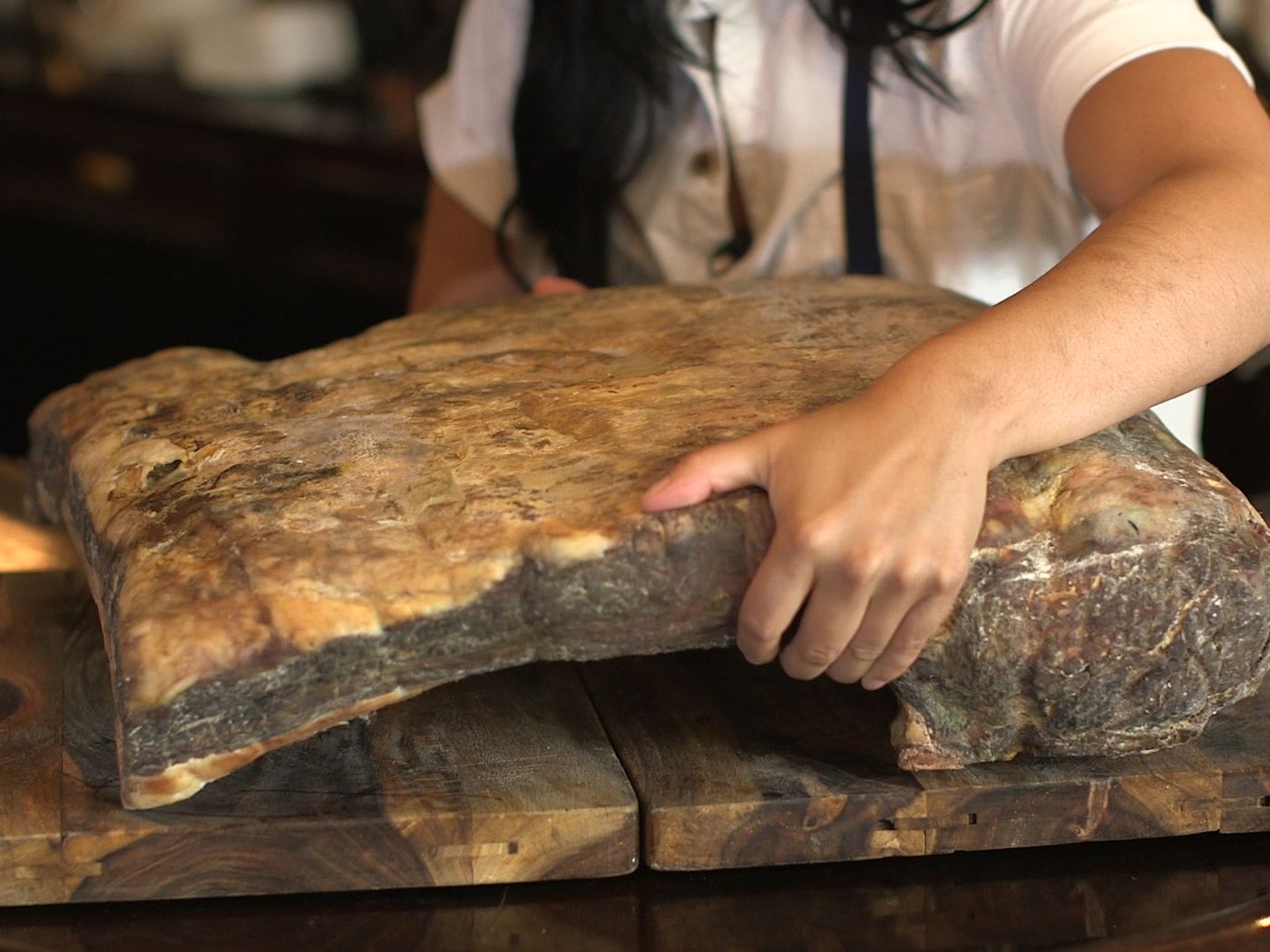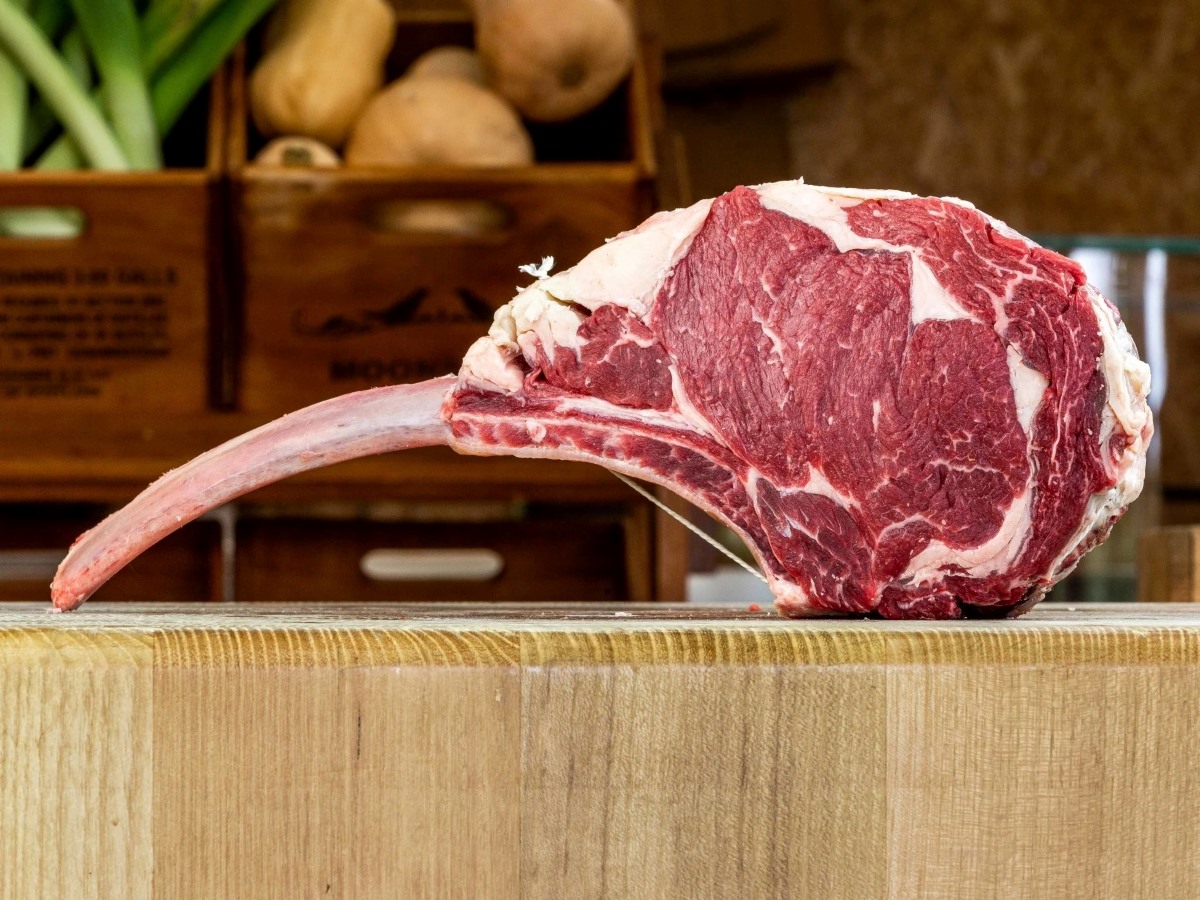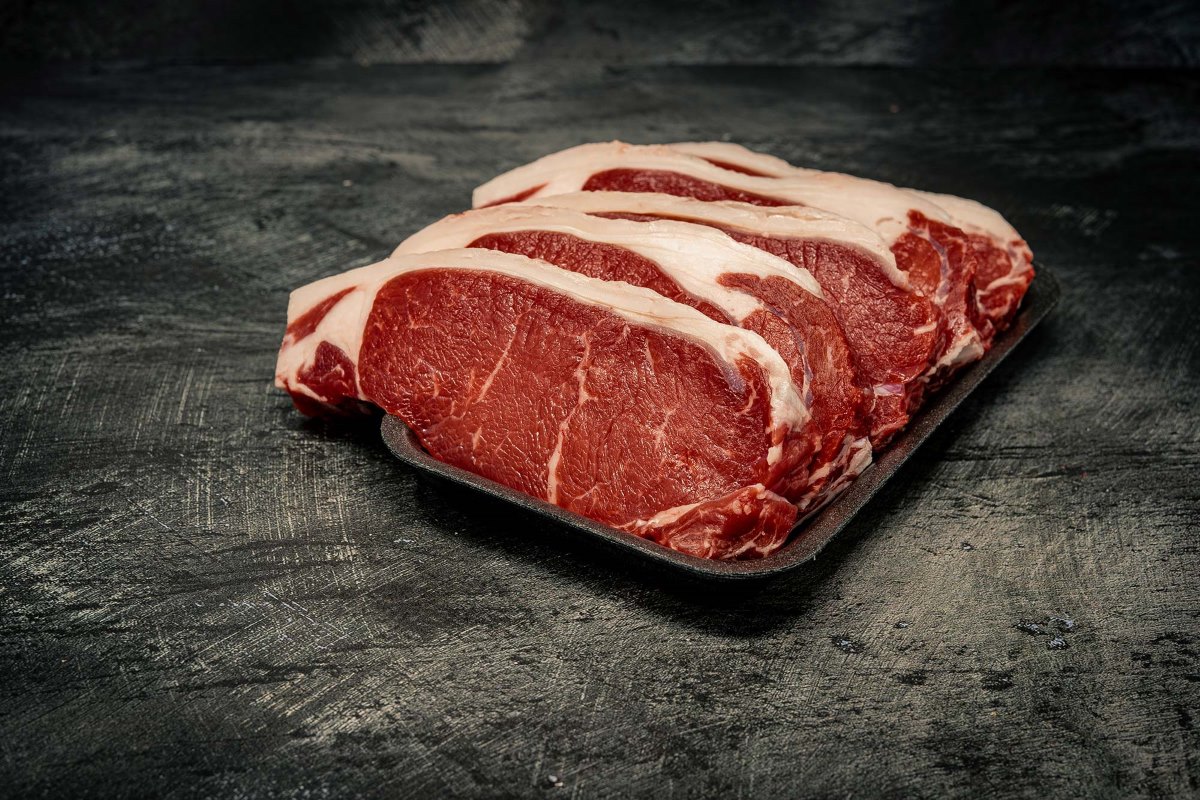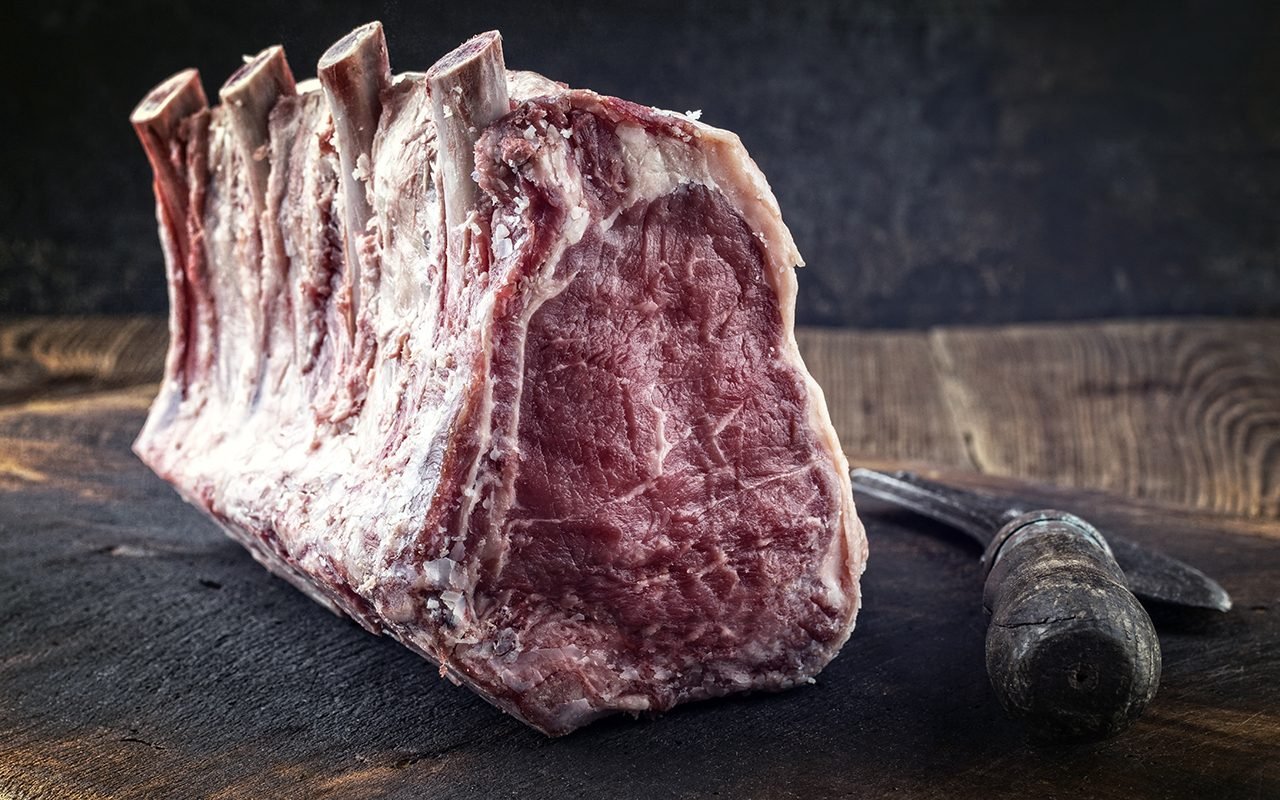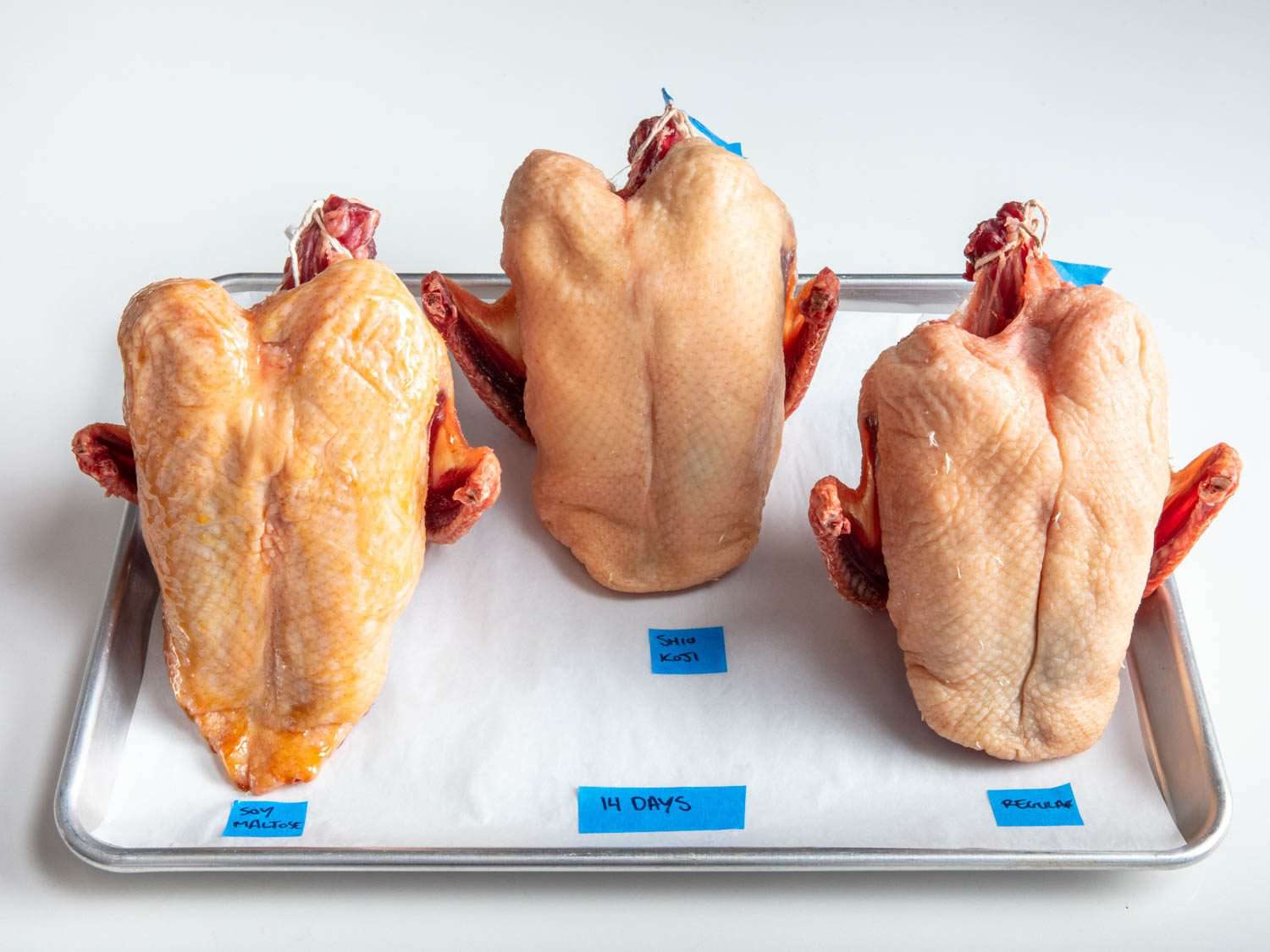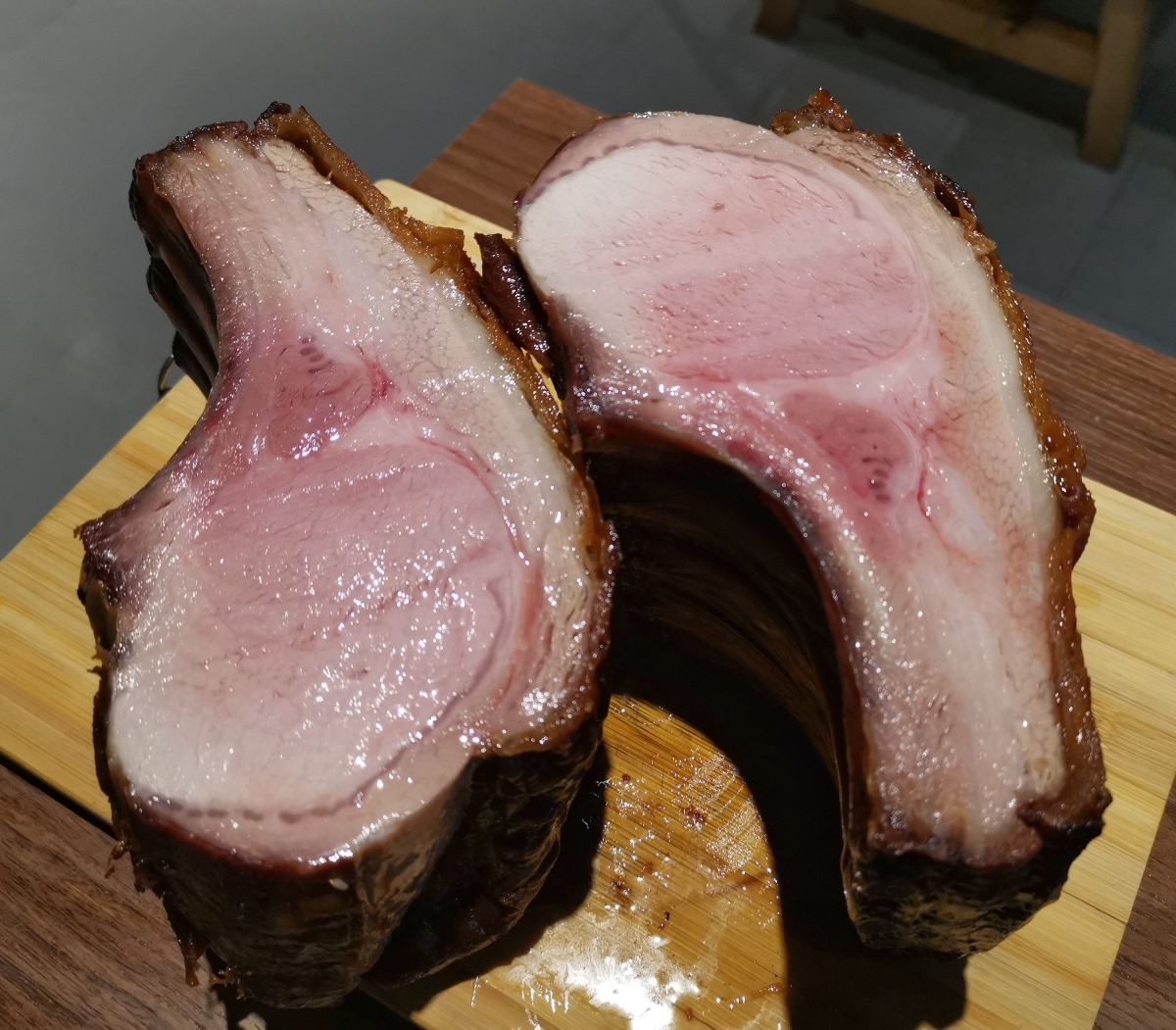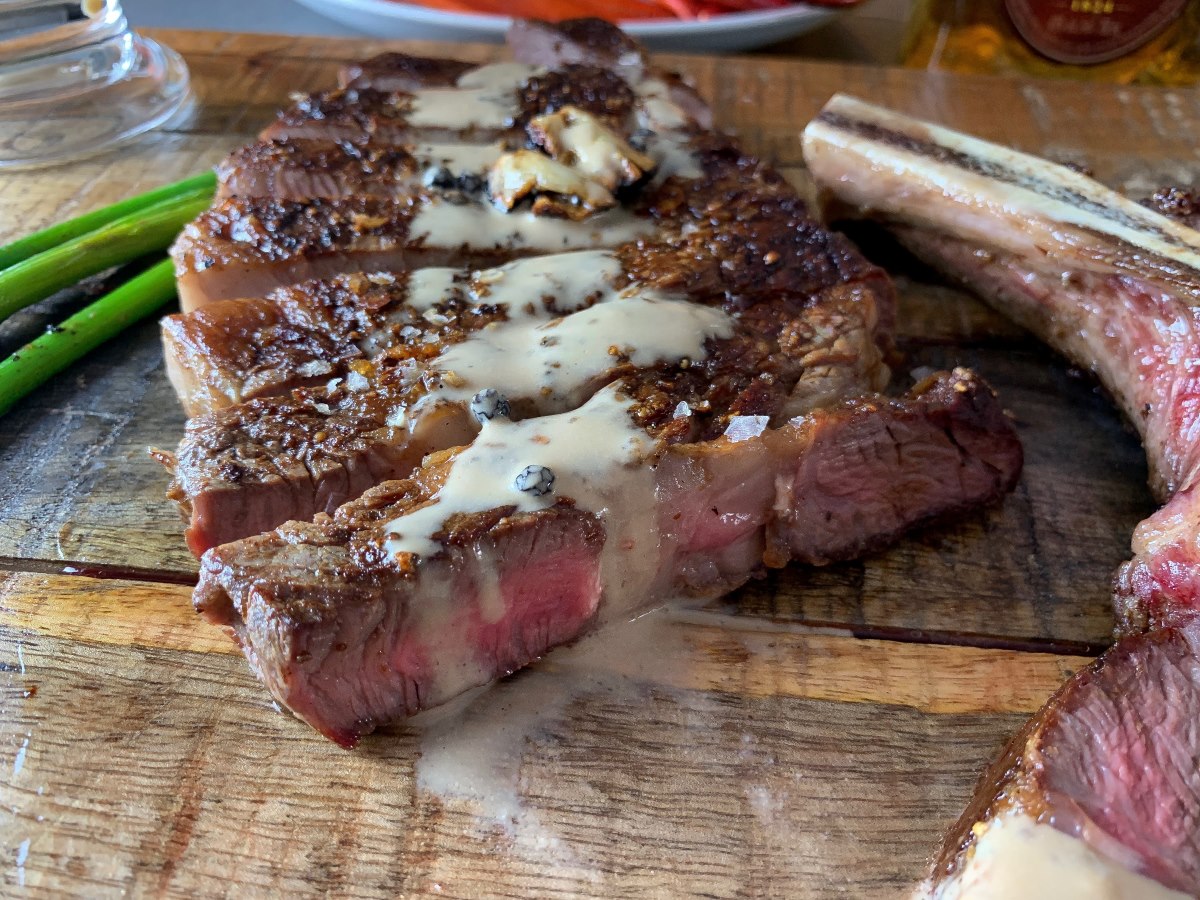What is Dry Aging?
Dry aging is a process that involves exposing a cut of meat, such as a rib roast, to a controlled environment for an extended period of time. This process allows the natural enzymes in the meat to break down the muscle tissue, resulting in a more tender and flavorful end product.
Choosing the Right Rib Roast
When dry aging a rib roast, it’s important to start with a high-quality cut of meat. Look for a rib roast with good marbling and a thick layer of fat, as these qualities will contribute to a more flavorful and juicy end result.
Preparing the Rib Roast for Dry Aging
Before you begin the dry aging process, you’ll need to prepare the rib roast. Start by trimming any excess fat from the exterior of the roast, as this can become rancid during the aging process. Next, wrap the rib roast in a layer of cheesecloth to help wick away moisture and protect the meat from any potential contaminants.
Setting Up the Dry Aging Environment
Creating the right environment for dry aging is crucial to the success of the process. You’ll need a dedicated space, such as a refrigerator or a specially designed dry aging cooler, where you can control the temperature, humidity, and airflow. The ideal conditions for dry aging are a temperature of around 34-38°F (1-3°C) and a humidity level of 80-85%.
Patience is Key
Once the rib roast is properly prepared and the aging environment is set up, all that’s left to do is wait. Dry aging typically takes anywhere from 21 to 60 days, depending on the desired level of flavor and tenderness. During this time, the meat will undergo natural enzymatic processes that enhance its flavor and texture.
Trimming and Cooking the Dry Aged Rib Roast
After the aging process is complete, it’s time to trim away the dried outer layer of the rib roast to reveal the beautifully aged meat underneath. Once trimmed, the rib roast can be cooked using your preferred method, whether it’s roasting, grilling, or smoking. The result will be a tender, flavorful, and truly exceptional dining experience.
Final Thoughts
Dry aging a rib roast is a time-honored technique that requires patience and attention to detail, but the rewards are well worth the effort. By following these steps and understanding the principles behind dry aging, you can elevate the flavor and tenderness of your rib roast to new heights.
Whether you’re preparing a special meal for a holiday or simply looking to elevate your culinary skills, dry aging a rib roast is a rewarding endeavor that yields truly exceptional results.
Was this page helpful?
Read Next: How To Dry Age Pork
